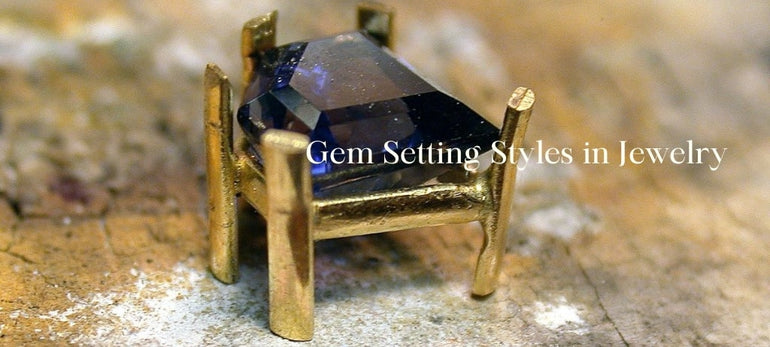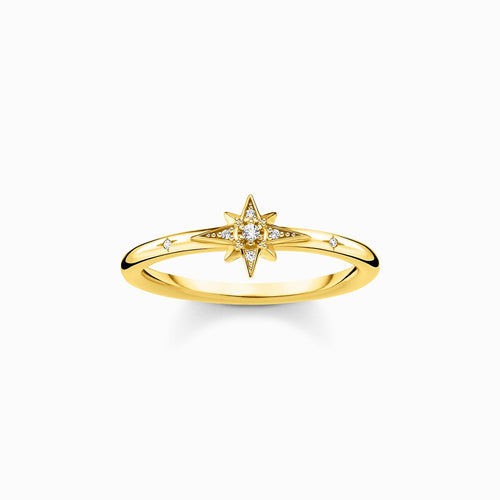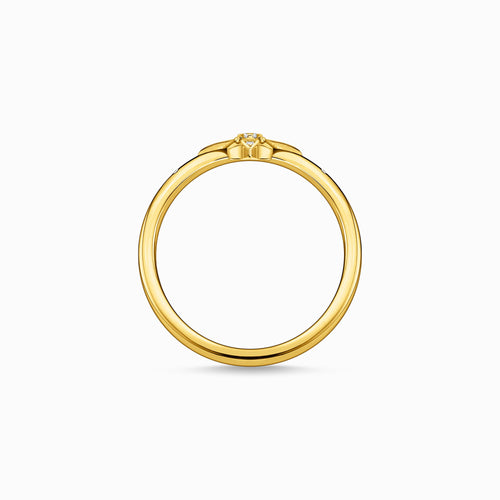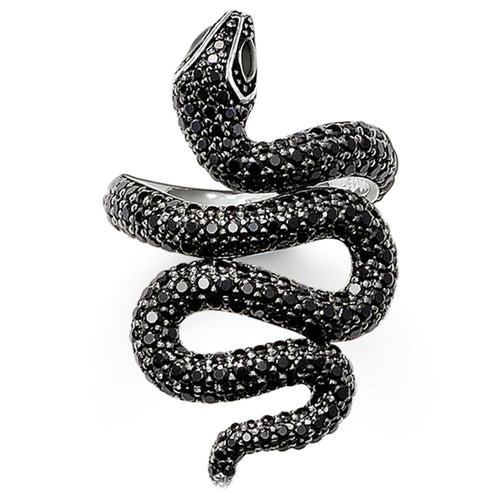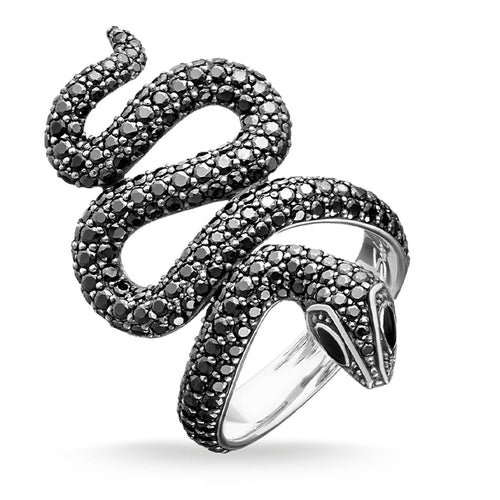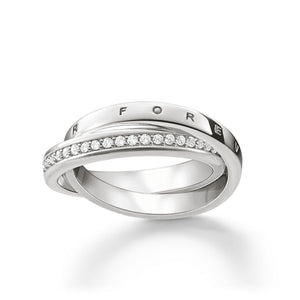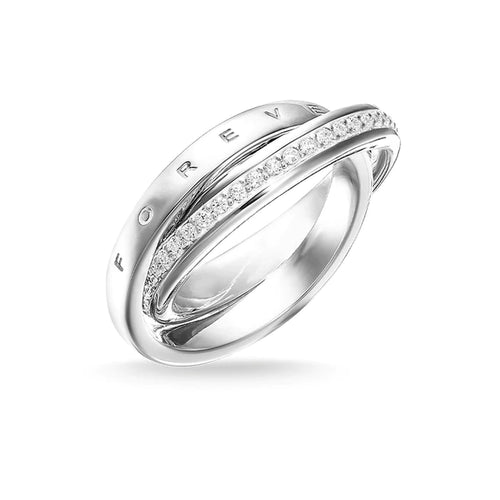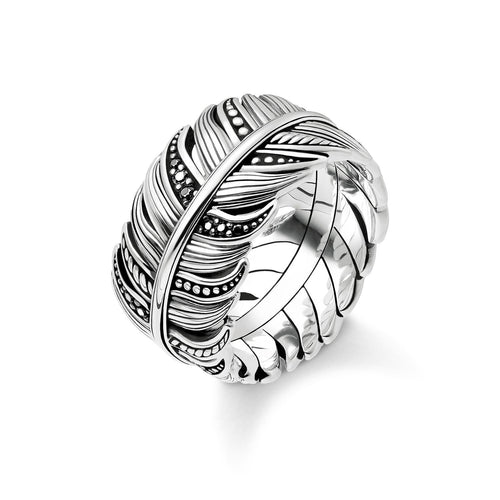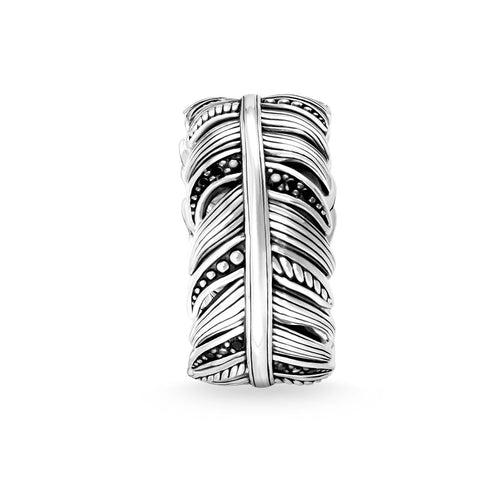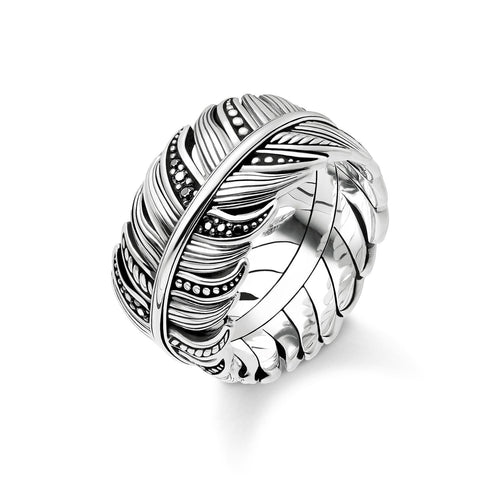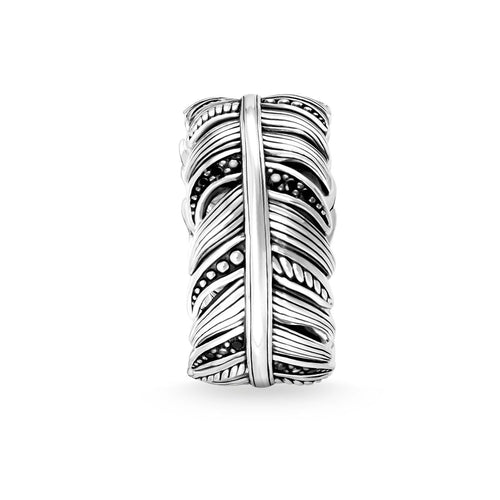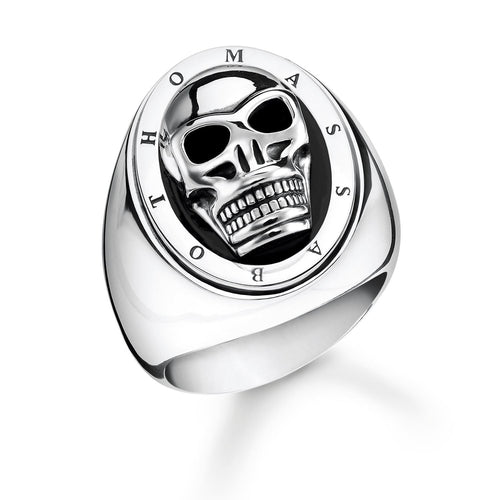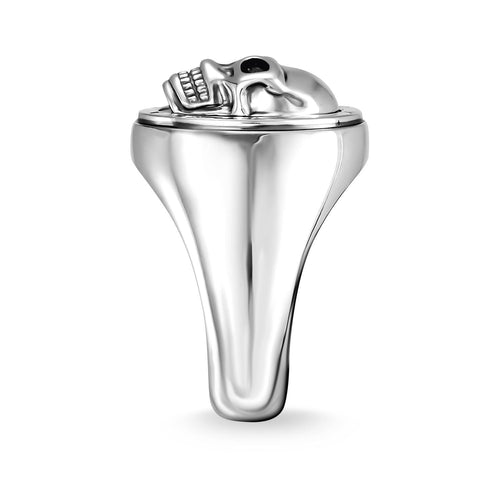Gem setting is a crucial aspect of jewelry design, influencing both the aesthetic appeal and security of the gemstones. This comprehensive guide explores the most common gem setting styles, offering valuable insights for jewelry enthusiasts, buyers, and professionals alike. A solid understanding of different gem settings ensures you can make informed decisions when selecting or designing jewelry pieces.
Key Takeaways:
-
Learn about popular gem setting styles such as bezel setting, prong setting, channel setting, and more.
-
Understand the advantages and disadvantages of each stone setting technique.
-
Discover how to choose the right setting for various precious stones and jewelry types.
-
Find out which settings are ideal for different gemstone shapes and sizes.
Understanding these key setting styles allows for a better appreciation of jewelry craftsmanship and aids in choosing the perfect setting for any piece. Whether considering a prong setting for an engagement ring or a channel setting for an eternity band, this guide provides the essential information to make the jewelry item the best choice.
What is the Most Common Gem Setting Style?
Gem settings are a fundamental aspect of jewelry design, determining not only the security of the precious stones but also their overall appearance and brilliance. Among the myriad of colored gemstones and gem settings used, certain styles have stood the test of time due to their popularity and functionality.
Bezel setting, for instance, is renowned for its ability to securely hold the gemstone by encircling it with a metal rim. This not only provides a modern and sleek look but also offers excellent protection, making it a favorite for those with an active lifestyle.
On the other hand, the prong setting is perhaps the most common and recognizable, especially in engagement rings. It uses metal prongs to hold the center stone, allowing maximum light exposure from all angles, thereby enhancing the stone's sparkle. This setting type is particularly popular for showcasing large diamonds and center stones in various diamond shapes like princess cut diamonds and trillion cut diamonds.
Channel setting is another widely used style, where stones are set in a row between two metal tracks, creating a continuous flow of brilliance. This setting is often seen in eternity rings and tennis bracelets, offering a blend of elegance and durability.
Understanding these popular gemstone settings and settings not only helps in appreciating the craftsmanship behind each piece but also in making informed choices when purchasing or designing jewelry. Whether it's the timeless elegance of a bezel setting, the classic allure of a prong setting, or the seamless beauty of a channel setting, each style offers unique benefits that cater to different tastes and needs.
Bezel Setting
The bezel setting is one of the most elegant and secure ways to showcase precious stones in jewelry. This setting style involves a metal rim that encircles the gemstone, holding it firmly in place. It's not just about functionality; the bezel setting adds a sleek, modern look to any piece, making it a favorite among contemporary jewelry designers.
Advantages of Bezel Setting
-
Security: The metal rim provides excellent protection for the gemstone, making it less prone to chipping or falling out.
-
Durability: Ideal for those with an active lifestyle, as the setting keeps the gemstone safe from impacts.
-
Smooth Profile: The continuous surface of the bezel setting prevents the gemstone from snagging on clothes or hair.
-
Versatility: Works well with various gemstone shapes, including princess cut and trillion cut diamonds.
Disadvantages of Bezel Setting
-
Reduced Brilliance: Since more of the gemstone is covered by metal, it might slightly reduce the stone's sparkle compared to prong settings.
-
Complex Crafting: Creating a bezel setting requires precision and skill, often making it more expensive due to the craftsmanship involved.
Common Uses in Modern Jewelry
The bezel setting is a popular choice for engagement rings, wedding bands, and pendants. Its secure nature makes it ideal for holding center stones in rings and larger center stones in necklaces. Additionally, it’s frequently seen in pieces designed for daily wear due to its durability and protection.
Choosing engagement ring style a bezel setting is like opting for both style and substance. Whether you're designing an engagement ring or selecting a piece for everyday wear, the bezel setting offers a beautiful blend of elegance and practicality, ensuring your precious stones are showcased securely and stunningly.
Prong Setting
The prong setting is a classic and widely favored choice, especially when it comes to engagement rings. This setting uses metal prongs (or claws) to hold the gemstone securely in place. The prong setting is particularly loved for its ability to maximize the gemstone's exposure to light, enhancing its brilliance and sparkle.
Types of Prong Settings
There are various types of prong settings, each offering a unique look and functionality:
-
Standard Prong Setting: Uses four or six prongs to secure the gemstone.
-
V Prong Setting: Specifically designed for diamond shapes with sharp edges, such as princess cut or trillion cut diamonds. The V shape protects the corners from chipping.
-
Double Prong Setting: Features two prongs at each corner for added security and a more delicate appearance.
-
Shared Prong Setting: Prongs are shared between adjacent stones, commonly used in eternity rings and tennis bracelets.
Advantages of Prong Settings
-
Maximum Sparkle: By exposing more of the center stone to light, prong settings enhance the stone's brilliance and fire.
-
Versatility: Suitable for various diamond shapes and sizes, from small to large diamonds.
-
Elegance: The minimal metal visibility ensures that the focus remains on the precious stone, offering a timeless and sophisticated look.
Disadvantages of Prong Settings
-
Maintenance: Prongs can wear out or bend over time, requiring periodic inspection and maintenance to ensure the gemstone remains secure.
-
Snagging: The exposed prongs can catch on clothing, hair, or other objects, which might be inconvenient for daily wear.
Common Uses in Modern Jewelry
The prong setting is synonymous with engagement rings. Its ability to showcase a center diamond or large center stone makes it a go-to choice for those looking to highlight the gemstone's beauty. Additionally, prong settings are popular in various jewelry items, including earrings, pendants, and wedding bands.
Choosing a prong setting means opting for a style that balances elegance and practicality. Whether it's a classic solitaire engagement ring or a stunning pair of diamond earrings, the prong setting is sure to make your precious stones shine brilliantly.
Channel Setting
The channel setting is a favorite for those who love a seamless, sleek look in their jewelry. This setting style involves placing precious stones between two metal tracks, creating a continuous line of brilliance. The channel setting is known for its elegance and secure hold, making it a popular choice for both modern and classic designs.
Advantages of Channel Settings
-
Security: The metal tracks provide a secure hold for the stones, protecting them from falling out.
-
Sleek Design: Creates a smooth, uninterrupted surface that enhances the overall aesthetic of the piece.
-
Durability: Ideal for daily wear, as the stones are less likely to snag on clothing or other objects.
-
Versatility: Works well with small diamonds, tiny diamonds, and smaller stones, creating a uniform and elegant appearance.
Disadvantages of Channel Settings
-
Limited Light Exposure: Compared to prong settings, channel settings allow less light to pass through the stones, which can slightly reduce their brilliance.
-
Maintenance: Cleaning can be more challenging due to the enclosed nature of the setting, requiring professional care to maintain its sparkle.
Common Uses in Modern Jewelry
The channel setting is commonly used in eternity bands, tennis bracelets, and even engagement rings. Its ability to securely hold multiple stones in a row makes it perfect for pieces that require a continuous line of gems. Here are some typical applications:
-
Eternity Bands: The channel setting is ideal for these rings, symbolizing endless love with a continuous line of diamonds.
-
Tennis Bracelets: Known for their elegance, tennis bracelets often feature channel settings to keep the stones secure while showcasing their brilliance.
-
Engagement Rings: While less common than prong settings, channel settings provide a unique and modern look for engagement rings.
Choosing a channel setting means opting for a balance between elegance and practicality. Whether it's a tennis bracelet adorned with tiny diamonds or an eternity band that symbolizes unending love, the channel setting offers a beautiful and secure way to showcase your precious stones.
Stone Setting
Stone setting is the art of securely attaching precious stones to jewelry. This process involves various techniques, each offering unique aesthetics and security features. Understanding the different stone settings can help you choose the right style for your jewelry, whether it’s for everyday wear or special occasions.
Different Methods of Stone Setting
-
Flush Setting: In this method, the gemstone is set into the metal so that it is flush with the surface. This creates a sleek, uninterrupted and continuous surface, making it ideal for an active lifestyle.
-
Bead Setting: Small beads of metal are raised from the metal surface and used to hold the gemstone in place. This setting is often used in intricate designs and is popular in vintage-style jewelry.
-
Pavé Setting: Derived from the French word for “paved,” this setting involves placing many small stones close together, held in place by tiny beads of metal. The result is a sparkling, maximum sparkle effect that’s perfect for creating eye-catching pieces.
-
Bar Setting: Stones are held in place by metal bars on either side, creating a linear look. This setting is frequently seen in tennis bracelets and eternity rings.
-
Tension Setting: The gemstone is held in place by the pressure of the metal band, giving the illusion that it is floating. This modern and bold setting is ideal for showcasing center stones.
Advantages and Disadvantages
Each stone setting method has its own pros and cons:
-
Flush Setting: Offers great protection for the stone but can reduce brilliance due to less light exposure.
-
Bead Setting: Allows for intricate designs but can be less secure than other methods if not properly maintained.
-
Pavé Setting: Provides a dazzling appearance but requires regular maintenance to ensure the small stones remain secure.
-
Bar Setting: Ensures stones are securely held while allowing significant light exposure, though it can make cleaning more challenging.
-
Tension Setting: Creates a striking look and enhances light exposure but is one of the most difficult setting methods and requires precise engineering.
Common Uses in Modern Jewelry
-
Flush Setting: Ideal for wedding bands and pieces designed for everyday wear.
-
Bead Setting: Commonly used in antique-style rings and intricate designs.
-
Pavé Setting: Popular for engagement rings and jewelry that requires a lot of sparkle.
-
Bar Setting: Frequently used in tennis bracelets and eternity bands.
-
Tension Setting: Perfect for modern engagement rings and statement pieces.
Understanding these various stone settings helps in making informed decisions about the design and durability of your jewelry. Whether you prefer the sleek look of a flush setting or the dazzling effect of a pavé setting, there’s a setting type to suit every style and need.
Other Notable Gem Setting Styles
Beyond the bezel setting, prong setting, and channel setting, there are several other gem setting styles worth exploring. Each brings its own unique flair of style features and functionality, catering to different design preferences and practical needs.
Tension Setting
The tension setting is a modern and striking style where the precious stone appears to be suspended in mid-air, held in place by the pressure of the metal band. This setting is perfect for showcasing center stones and large diamonds, offering a minimalistic and contemporary look.
-
Advantages: Maximizes light exposure, enhancing the stone’s brilliance. Provides a clean, modern aesthetic.
-
Disadvantages: Requires precise engineering, making it one of the most difficult setting methods. Not suitable for all gemstone shapes and sizes.
Illusion Setting
The illusion setting creates the appearance of a larger stone by surrounding it with patterned metal, reflecting light and adding visual size to invisible setting. This technique is often used in engagement rings to give the center diamond an enhanced sparkle.
-
Advantages: Makes smaller stones appear larger and more brilliant. Adds an intricate design element.
-
Disadvantages: Can be more challenging to clean and maintain. The effect might diminish if not properly cared for.
Invisible Setting
In the invisible setting, stones are set closely together with no visible metal holding stones set between them in place. This creates a seamless, continuous surface of gemstones, making it popular for tennis bracelets and eternity rings.
-
Advantages: Offers a smooth, uninterrupted expanse of gemstones. Perfect for creating a dramatic effect.
-
Disadvantages: Requires skilled craftsmanship, making it more expensive. Stones can be more prone to loosening if not properly maintained.
Cluster Setting
The cluster setting groups several stones together such a manner as to create the appearance of a larger center stone. This style is often used in vintage and antique jewelry designs, adding a touch of old-world charm.
-
Advantages: Enhances the overall visual impact without the need for a single large stone. Adds intricate detail and dimension.
-
Disadvantages: Can be harder to clean due to the close grouping of stones. The setting can be less secure if not well-crafted.
Gypsy Setting
In the gypsy setting, the stone is set into the metal so that it is flush with the surface, similar to the flush setting. This style white gold pave setting is highly durable and ideal for rings designed for daily wear, like wedding bands.
-
Advantages: Extremely secure and resistant to damage. Ideal for active lifestyles.
-
Disadvantages: Limits the amount of light that reaches the stone, reducing its brilliance.
Burnish Setting
The burnish setting involves placing the stone into a pre-drilled hole in the metal and then burnishing the surrounding metal over the edges of the stone's edges to hold it in place. This setting is known for its sleek and minimalist look.
-
Advantages: Provides a smooth and polished finish. Offers excellent security for the stone.
-
Disadvantages: Can reduce the stone’s exposure to light, affecting its sparkle. Requires skilled craftsmanship to execute properly.
Exploring these diverse gem setting styles allows you to appreciate the artistry and technical skill involved in jewelry design. Whether you prefer the contemporary allure of a tension setting or the vintage charm of a cluster setting, there’s a gem setting to suit every taste and occasion.
Conclusion
Understanding what is the most common gem setting style helps in appreciating the craftsmanship and making informed choices for your jewelry. From the elegant bezel setting to the classic prong setting, each style offers unique advantages and aesthetics. The channel setting provides a sleek and secure way to showcase precious stones, while the tension setting adds a modern twist with its floating effect.
Whether you're choosing an engagement ring, eternity rings, or tennis bracelets, considering factors like the stone setting method, the center stone type, and your active lifestyle ensures your jewelry not only looks stunning but also lasts a lifetime. Each gem setting style, be it bar setting, bead setting, or large diamond flush setting, brings out the best in your gemstones.
Ultimately, the right gem setting enhances the beauty of your jewelry and secures your precious stones effectively. So, next time you admire a piece of jewelry, you'll have a deeper understanding of the intricate work that goes into making it perfect.
FAQ Section
1. What is the most common gem setting style?
The white gold prong setting is the most common, especially for engagement rings. It uses metal prongs to hold the center stone, allowing maximum light exposure and brilliance.
2. What are the advantages of a bezel setting?
A bezel setting encircles the gemstone with a metal rim, providing excellent protection and a sleek look. It’s ideal for those with an active lifestyle as it prevents snagging and protects the stone from impact.
3. How does a channel setting differ from other settings?
In a channel setting, stones are set between two metal bars or tracks, creating a smooth, uninterrupted and continuous surface or ring band. This setting is often used in eternity rings and tennis bracelets for a seamless and elegant appearance.
4. What is a flush setting?
A flush setting involves setting the stone into the metal so that straight edges so that it is level with the metal surface. This method provides a modern and minimalist look while offering excellent protection for the gemstone.
5. What is the purpose of an illusion setting?
An illusion setting uses patterned metal around the stone to make small diamond in it appear larger and more brilliant. It’s a clever way to enhance smaller stones, often used in engagement rings to create a more substantial look.
6. Why choose a tension setting?
A tension setting holds the gemstone in place using the pressure of the metal band, giving the illusion that the stone is floating. This setting is perfect for a jewelry item showcasing large center stones in a contemporary design.
Gift Ideas For You


